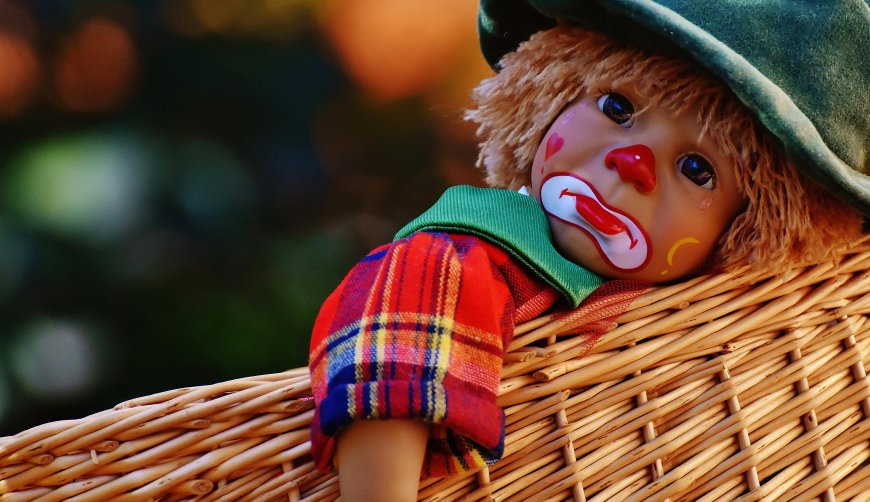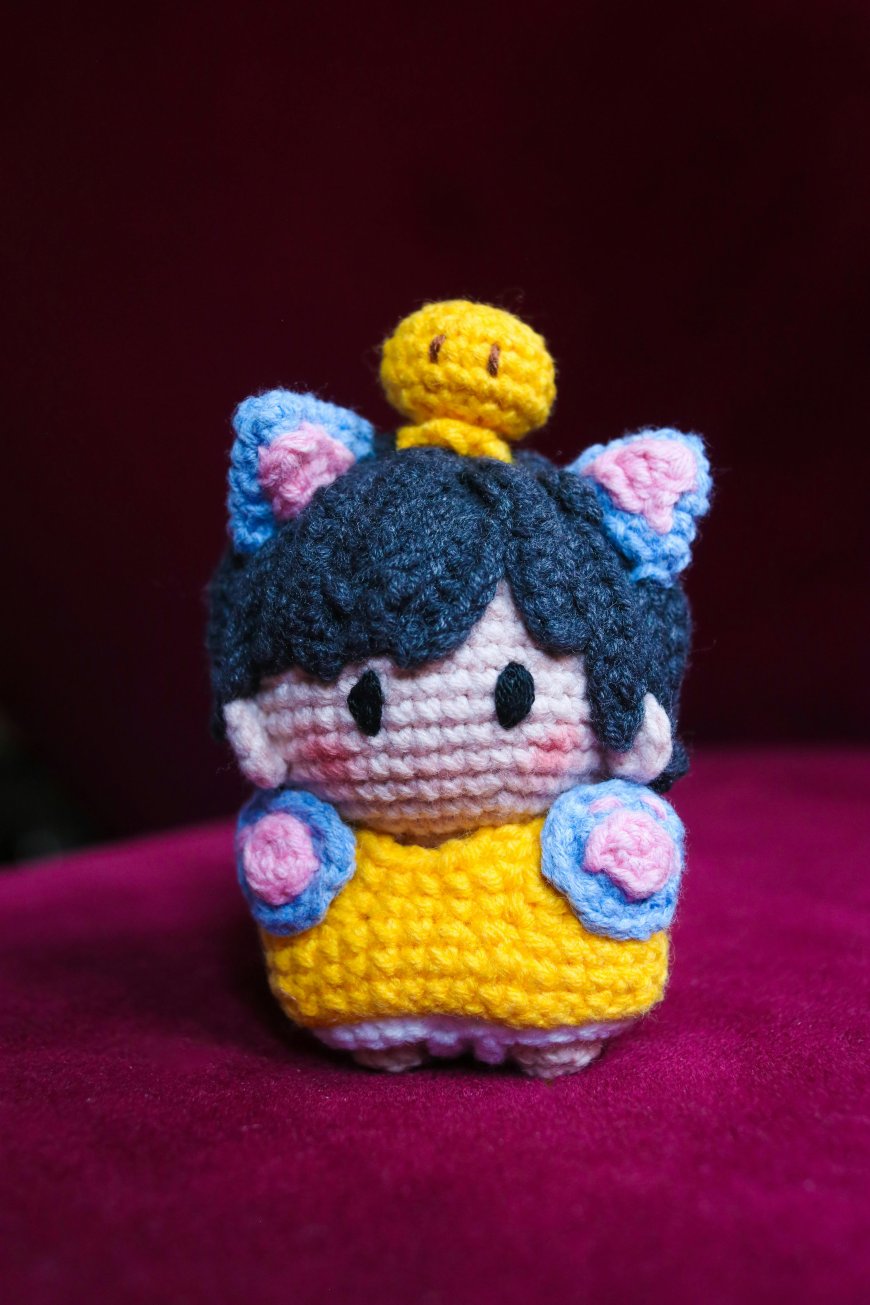Pop Mart Shares Soar as Labubu Craze Fuels Profit Explosion
Pop Mart posts near-400% profit surge as Labubu dolls spark global frenzy, sending shares swinging in volatile trading.


On a humid Wednesday morning in Hong Kong, investors watched their screens with a mix of disbelief and exhilaration. Shares in Pop Mart International, the Chinese toymaker behind the viral Labubu dolls, whipsawed violently — plunging nearly 5% before rebounding more than 6% in just hours.
The frenzy was sparked by numbers that seemed almost unreal: a 396% surge in half-year profit and a revenue leap of more than 200%. For a company known not for gadgets, oil, or luxury cars but for “blind box” toys, the scale of growth left even seasoned analysts scrambling for explanations.
What followed was more than just another market story. It was a glimpse into how pop culture, social media, and consumer psychology can collide to create not only viral sensations but also billion-dollar enterprises.
Pop Mart’s Earnings Shock: Nearly 400% Profit Growth
Pop Mart reported that its net profit attributable to shareholders hit 4.57 billion yuan ($630 million) in the first six months of 2025. Revenue, meanwhile, surged to 13.88 billion yuan ($1.93 billion) — more than doubling year on year.
For context: just a year ago, Pop Mart was forecasting growth of around 200%. Few expected that the company could surpass even its most optimistic guidance, yet its latest results revealed that it had outperformed by a wide margin.
Analysts say the main driver is clear — the extraordinary global demand for Labubu, a wide-eyed, sharp-toothed character that has evolved from a niche collectible to a cultural phenomenon.
The Labubu Effect: From Niche Doll to Global Icon
Labubu is not conventionally cute. With its big ears, jagged teeth, and awkward grin, the doll embodies what fans describe as “ugly-cute” — a new aesthetic beloved by Gen Z.
What truly propelled Labubu into the mainstream, however, was celebrity endorsement and social media virality. Pop Mart’s $30 Labubu keychains have been spotted dangling from the handbags of Rihanna and Blackpink’s Lisa, instantly boosting the character’s cultural capital. TikTok, Instagram, and Xiaohongshu (China’s “Little Red Book”) flooded with unboxing videos, turning the blind-box experience into a shareable ritual.
For many young consumers, collecting Labubu isn’t just about owning a toy — it’s about belonging to a global community of fans. That sense of identity has transformed Pop Mart’s characters into lifestyle icons.
Blind Boxes: The Business Model Behind the Boom
Pop Mart’s genius lies not just in its characters but in its distribution model. Its toys are sold in “blind boxes” — sealed packages that conceal which figure is inside until opened.
This format taps into several consumer triggers:
- Surprise Factor – The thrill of unboxing mirrors the dopamine hit of slot machines.
- Scarcity – Rare figures are produced in limited runs, creating secondary-market buzz.
- Collectibility – Fans chase full sets, often buying repeatedly to “complete the collection.”
In an era when traditional toy sales struggle, this gamified retail model has struck gold. Pop Mart has installed vending machines in malls, launched online stores, and opened flagship outlets across Asia, Europe, and North America — turning blind boxes into a retail event.
Market Reaction: Volatility Amid Enthusiasm
Despite the blockbuster earnings, Pop Mart shares have not moved in a straight line. On Wednesday, trading was volatile: the stock tumbled nearly 5% at one point, only to rebound more than 6% by midday.
Why the rollercoaster?
- Profit-taking – Some investors locked in gains after the stock’s rapid rise in recent months.
- Valuation concerns – Analysts worry whether Pop Mart can sustain growth at this pace.
- Volatile consumer trends – Viral fads can fade quickly, leaving companies vulnerable.
Still, the overall sentiment remained bullish. Many traders see Pop Mart as not just a toymaker but a global cultural brand in the making — a company capable of straddling entertainment, fashion, and lifestyle.
Storytelling the Craze: From Beijing to Brooklyn
On the streets of Beijing’s Sanlitun shopping district, teenagers line up outside Pop Mart’s store, snapping selfies with oversized Labubu statues before heading inside to buy blind boxes. Thousands of miles away in Brooklyn, New York, boutique toy shops report sold-out Labubu shelves within hours of delivery.
One fan, 23-year-old Emily Carter, described her first purchase as accidental. “I was just curious,” she said, clutching a Labubu keychain at a pop-up event. “But when I opened the box and saw its weird little smile, I felt like I had to get more. It’s addictive — like you’re part of this secret club.”
This emotional bond — quirky, nostalgic, and slightly rebellious — is what sets Pop Mart apart. Unlike traditional toys, Labubu is designed as much for adults as for kids, appealing to millennial and Gen Z consumers who see collectibles as extensions of their identity.
The Global Expansion Strategy
Pop Mart has been steadily building a footprint outside China, with stores in London, Toronto, Sydney, and Los Angeles. Its vending machines have appeared in airports and shopping centers, making the blind-box ritual accessible to international travelers.
The company’s strategy is threefold:
- Expand globally – Establish physical and online presence in major cities.
- Broaden IP portfolio – Introduce new characters alongside Labubu to sustain interest.
- Collaborations – Partner with fashion brands, musicians, and film studios to keep its toys culturally relevant.
By diversifying its lineup and entering new markets, Pop Mart hopes to avoid the fate of companies that rely too heavily on a single trend.
Risks: Can the Craze Last?
Despite its current success, Pop Mart faces risks that investors cannot ignore:
- Fad fatigue – Consumer tastes can shift quickly, and today’s must-have collectible may be tomorrow’s clearance item.
- Regulatory challenges – China has tightened rules on toy safety, while Western markets impose strict consumer protection standards.
- Competition – Rivals, both domestic and international, are racing to replicate the blind-box model.
For now, though, the momentum appears firmly in Pop Mart’s favor. The company has built not just a toy line but a global brand ecosystem that blends nostalgia, digital culture, and the thrill of chance.
Conclusion: More Than Just a Toy Company
Pop Mart’s near-400% profit surge is not just a financial story — it’s a cultural one. The rise of Labubu shows how a quirky doll can evolve into a global phenomenon, reshaping the economics of play and the dynamics of consumer culture.
Whether the craze endures or fades, Pop Mart has proven that the boundaries between toys, fashion, and pop culture are dissolving. For investors, it’s a reminder that sometimes the next billion-dollar idea doesn’t come from Silicon Valley — but from a blind box in Beijing.
FAQs
1. Why did Pop Mart’s profit surge nearly 400%?
Because of soaring global demand for its Labubu dolls, supported by the blind-box sales model and strong international expansion.
2. What makes Labubu so popular?
Its “ugly-cute” design, celebrity endorsements, and viral unboxing culture have made it a global collectible sensation.
3. Why were Pop Mart shares so volatile after the earnings report?
Traders took profits, and some worried about sustainability of growth, but overall sentiment remains positive.
4. Is Pop Mart expanding outside China?
Yes, it has opened stores in London, Toronto, Sydney, and Los Angeles, and is pushing further into Western markets.
5. Could Labubu’s popularity fade?
Like all trends, it faces risks of consumer fatigue, but Pop Mart is diversifying characters and partnerships to maintain momentum.
আপনার প্রতিক্রিয়া কী?
 পছন্দ
0
পছন্দ
0
 অপছন্দ
0
অপছন্দ
0
 ভালোবাসা
0
ভালোবাসা
0
 মজার
0
মজার
0
 রাগান্বিত
0
রাগান্বিত
0
 দুঃখজনক
0
দুঃখজনক
0
 বাহ
0
বাহ
0



























































